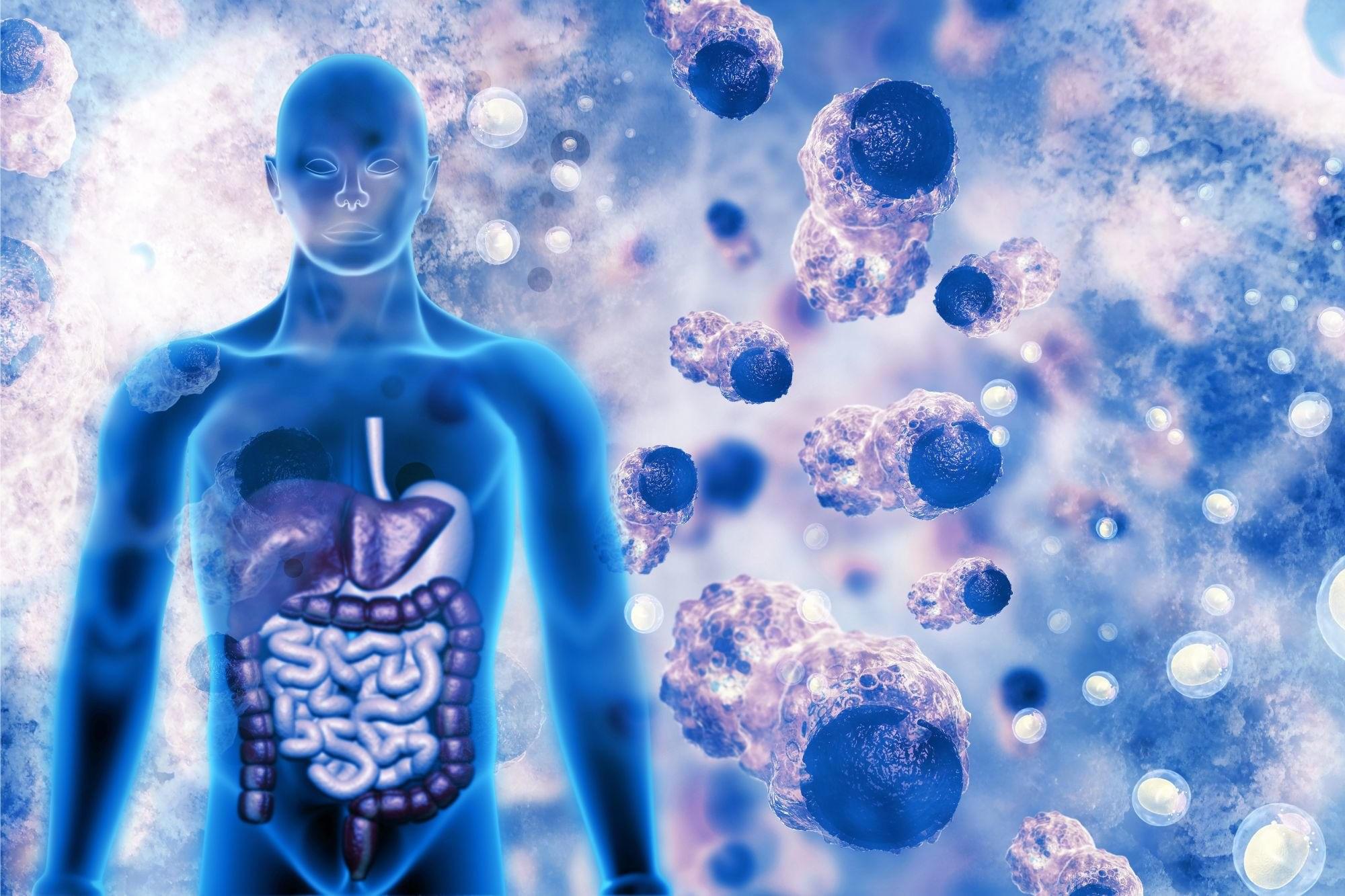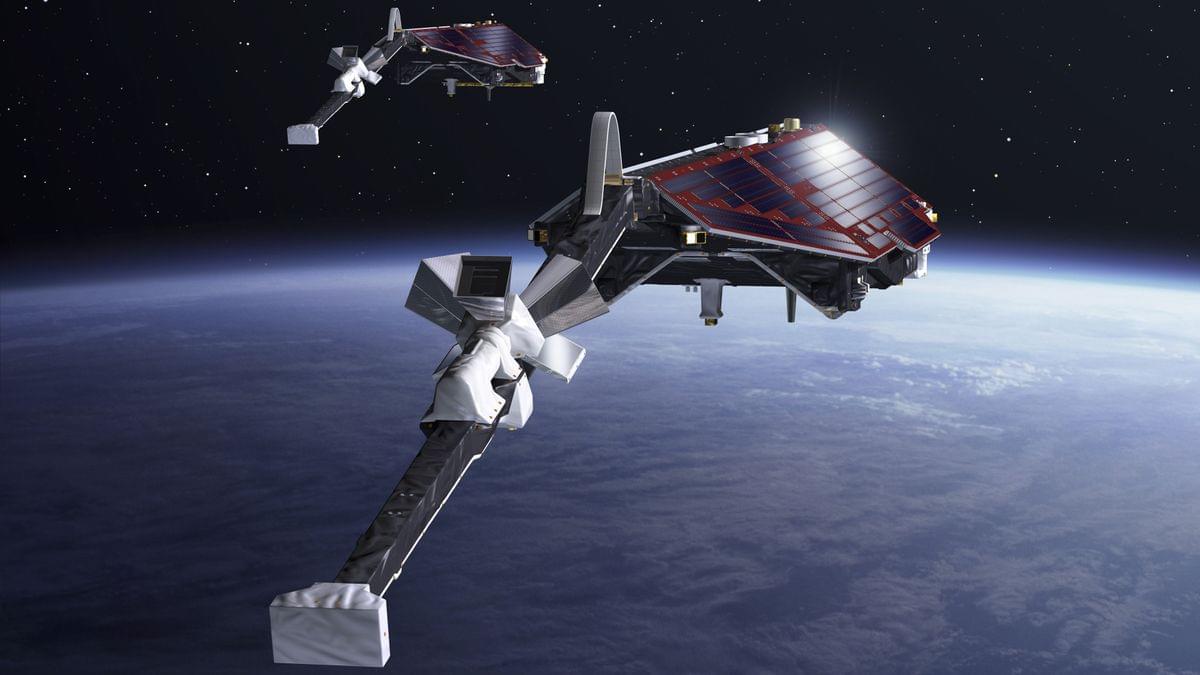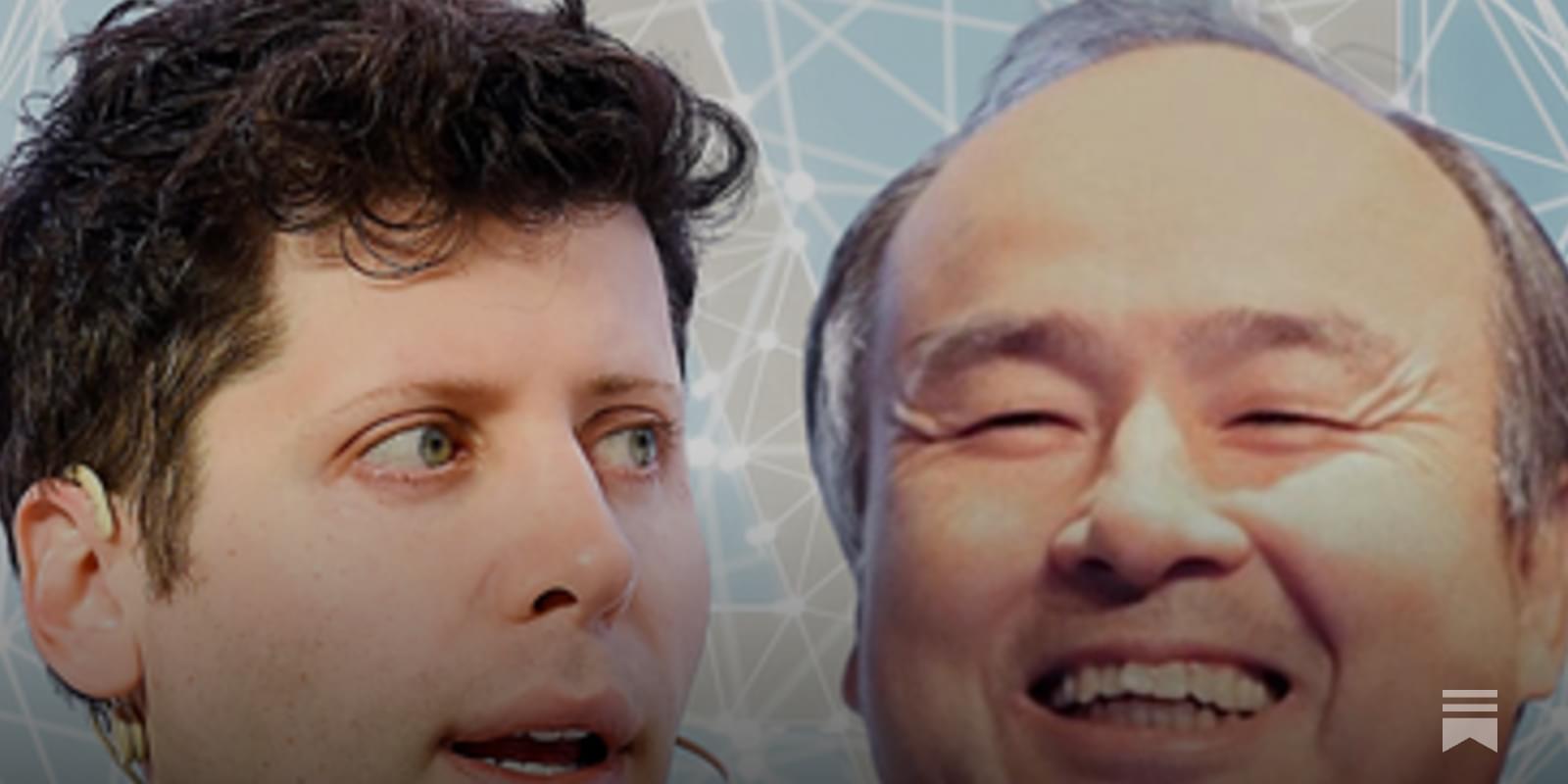In today’s AI news, In what would be the largest-ever investment in a startup, Masayoshi Son is preparing to put as much as $43 billion toward Sam Altman’s OpenAI in a pair of transactions. SoftBank is in talks to invest between $15 billion and $25 billion in the ChatGPT maker as part of a blockbuster $40 billion funding round, valuing OpenAI at up to $300 billion.
In other advancements, On Friday, Governor Phil Murphy and Princeton University President Micros released a statement announcing that Microsoft and CoreWeave, the cloud infrastructure company, are joining as founding partners of the NJ AI Hub. Jointly, the partners and the state of New Jersey are expected to invest over $72M.
And, Toronto-based bitcoin miner Bitfarms has enlisted two consultants to explore how it can transform some of its facilities to meet the growing demand for AI data centers. Appleby Strategy Group and World Wide Technology, will analyze its North American sites. They will also advise the company on its computing and AI strategy, while marketing the sites to potential customers.
Then, Link Ventures’ John Werner provides a sneak peek of Google’s Notebook LM running on Gemini 2. He shares a Google blog where Sundar Pichai and others are explaining the building of this agentic technology, they’re talking about “native tool use.” That means that AI entities are going to be able to use tools in the same ways as humans do.
S Tarnopol Dean’s Lecture Series, tech visionary and co-founder of LinkedIn Reid Hoffman joined Dean Erika James to discuss the profound implications of an AI-powered future. Drawing from his book, Superagency, Hoffman presented a roadmap for harnessing AI to empower individuals, and drive societal progress. + Meanwhile, human potential will only accelerate with AI answering questions better and faster than ever before, says Aravind Srinivas, cofounder and CEO of conversational search engine Perplexity. He examines the trends driving new AI-powered tools that nourish curiosity and creativity — and how they might usher in a new era of intellectual growth and discovery.
And, in this episode of AI Academy, learn from Hillary Hunter, CTO of IBM Infrastructure, how your existing technology, as part of a hybrid cloud by design architecture, can be the engine that powers your AI strategy and gets your business where it needs to go.
We close out with, Nate B. Jones saying that DeepSeek has amassed 50,000 Nvidia Hopper-class GPUs, raising concerns about its ability to bypass U.S. export restrictions. The FBI is investigating potential illegal GPU exports via Singapore, which could trigger tighter regulations.





